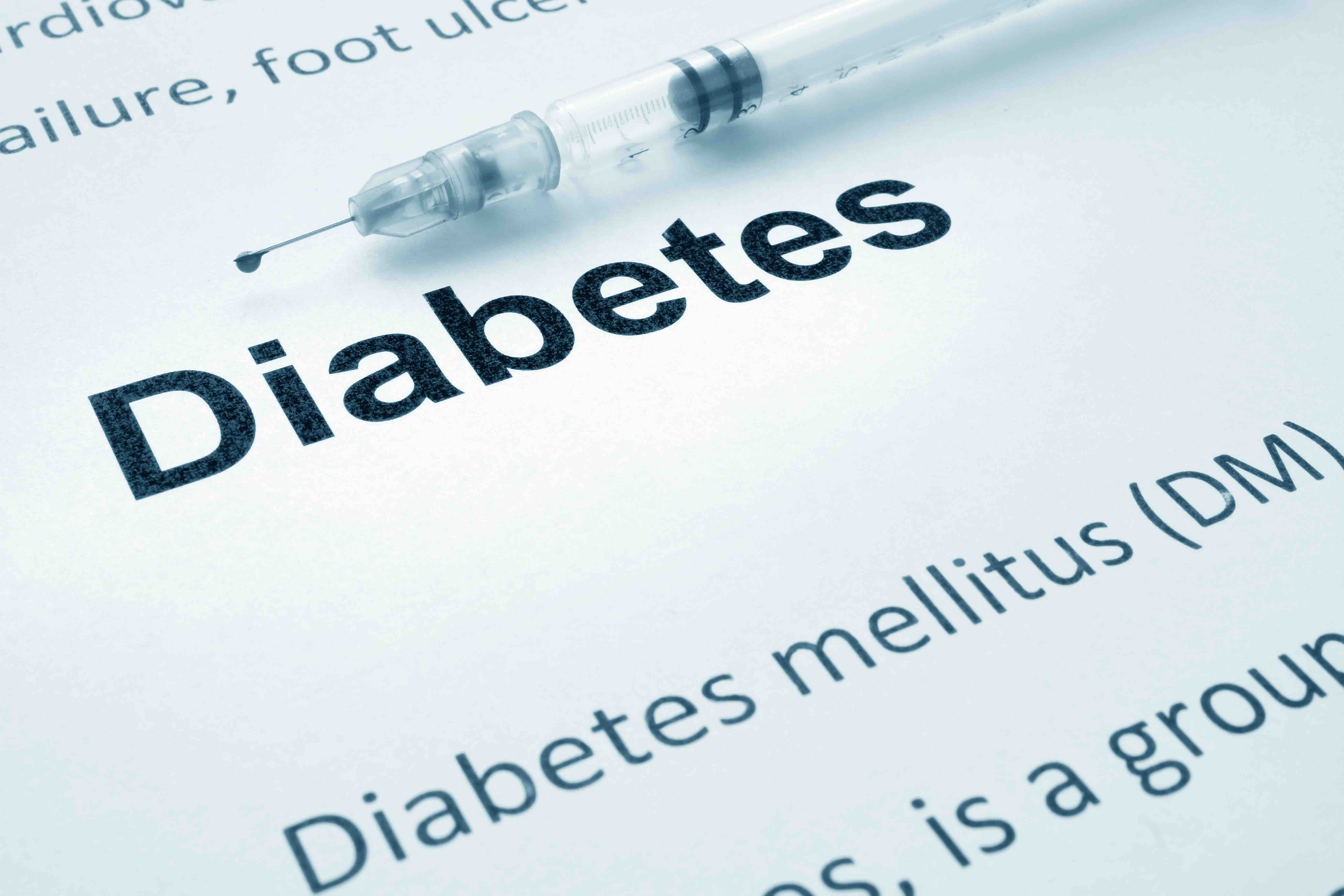Article
Drug Costs Take Up More Healthcare Spending, Both Nationally and on Personal Level
Author(s):
The year 2014 was critical in the trajectory of prescription drug costs, as many therapies came off patent and health plans took steps to insulate themselves from the effects of the Affordable Care Act.
Data published this weekend by the Kaiser Family Foundation and the Peterson Center on Health Care show why consumers are feeling the pinch of prescription drug prices, even though they still are a comparatively small share of overall health spending.
The year 2014 was a key year for drug prices, according to the data: costs spiked upward after several down years as branded drugs came off patent; that year, costs rose to 11.4% of per capita healthcare costs, followed by 9.6% in 2015. As hospitals and physicians tighten their belts (per capital spending in these areas fell in 2014), prescription drug costs stand out.
As the Affordable Care Act took full effect, drug spending was affected in numerous ways. Patients with serious illnesses like HIV, hepatitis C, and other chronic conditions could no longer be kept off health plans due to pre-existing conditions. Plans responded by putting some generic drugs into higher priced tiers, and the price of new specialty therapies shocked formulary managers. Since 2010, more specialty drugs have been approved than traditional drugs, and are more expensive.
One of the more interesting data points in the set concerned the effect of drug prices on individuals: 1 in 4 people taking prescription drugs reported difficulty taking affording their prescription medication, and a recent Kaiser Family Foundation opinion poll found bipartisan support for government action to lower prescription drug costs, with the majority of both parties placing this among the top healthcare priorities for policymakers.
Where is the money going? According to the Express Scripts 2014 Drug Trend report, in 2014 diabetes mediations were the most expensive of the Top 10 traditional therapy classes, with that ranking based on per member per year (PMPY) spending. That amount was $97.68 in 2014, compared with $48.73 for high cholesterol drugs, and $46.04 for compounded drugs. Drugs for pain and inflammation cost $45.98 per member per year, high blood pressure/heart disease cost $36.06 PMPY, and heartburn/ulcer treatment cost $33.40 PMPY. Of the top 10, depression and mental health came in last at $25.98 and $24.85, respectively.
One distinguishing feature about the United State is how much branded drugs costs here compared with their cost in other countries: the data released Sunday included the following:
· The average price of Nexium (which treats acid reflux) in the United States is 3 times the cost in Switzerland, which had the second-highest cost. Nexium was even cheaper in the Netherlands and England.
· The average price of Humira (prescribed for rheumatoid arthritis) is 15% higher in the United States than in Canada.
· The average price of Embrel (which treats autoimmune disease) in the United States is 35% higher than in Canada.
· The average price of Gleevec (which treats cancers, and is a common specialty therapy) is 71% more expensive in the United States than in Switzerland and a whopping 445% more expensive than in Canada. Gleevec is frequently cited as a therapy in which patients skip doses because of the cost, despite its well-documented effectiveness.





